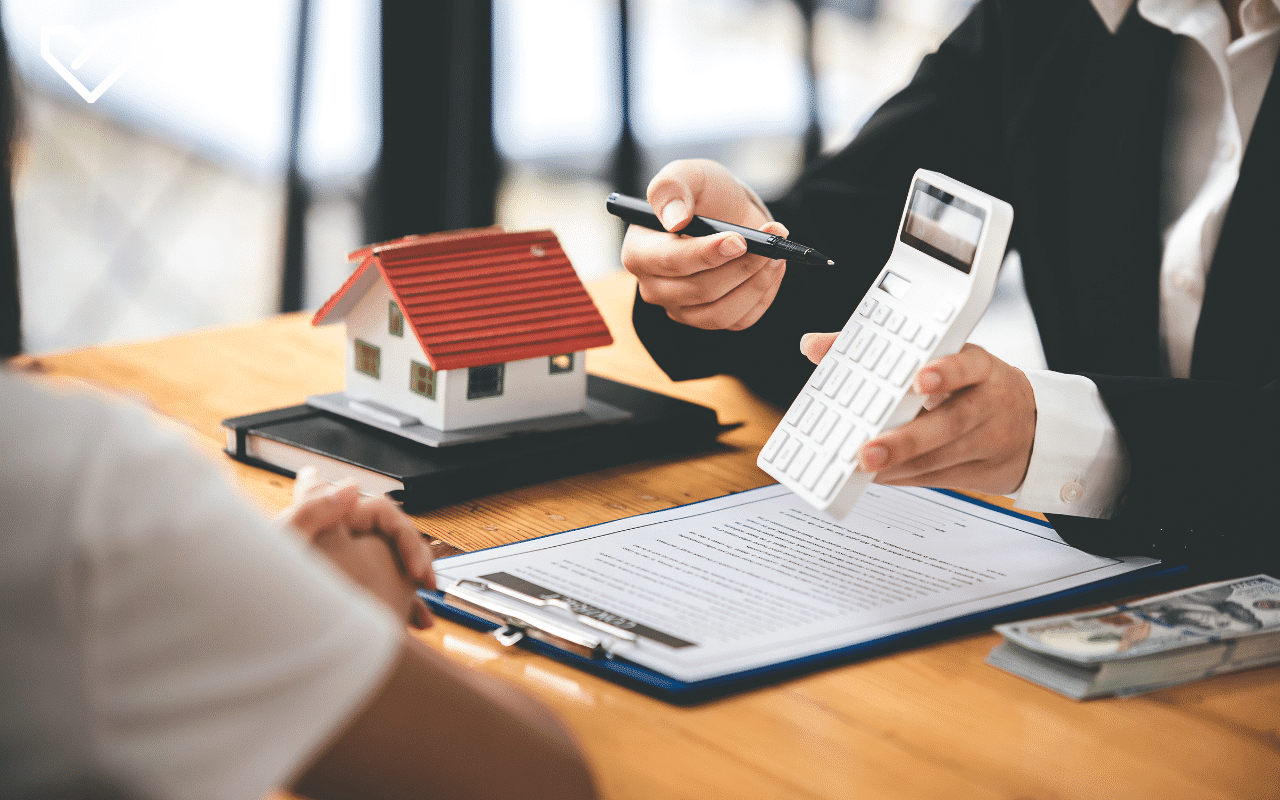
Buying a home is an exciting milestone in anyone's life, but the process of securing a mortgage can be complex and overwhelming. Understanding the steps involved in the mortgage lender process can help alleviate some of the stress and uncertainty that often comes with applying for a home loan. From the initial application to final approval, here is a comprehensive guide to help you navigate the mortgage lenders' new orleans process with confidence.
1. Application Process
Initial Consultation
- Meet with a mortgage lender to discuss your financial situation, goals, and preferences.
- The lender will review your credit score, income, debt-to-income ratio, and other financial details to determine how much you can borrow.
Documentation
- Submit documents such as pay stubs, tax returns, bank statements, and proof of assets to support your loan application.
- Provide information on the property you intend to purchase, including a purchase agreement and appraisal.
Pre-Approval
- Once your application is complete, the lender will issue a pre-approval letter indicating the loan amount you qualify for.
- A pre-approval letter strengthens your offer when making an offer on a home, showing sellers that you are a serious and qualified buyer.
2. Underwriting Process
Loan Review
- During underwriting, the lender will review your application, documentation, credit history, and appraisal to assess the risk of approving your loan.
- Your loan may be approved, denied, or approved with conditions that need to be met before final approval.
Conditional Approval
- If your loan is conditionally approved, you will need to provide additional documentation or explanations to satisfy any outstanding conditions.
- Common conditions include updated bank statements, letters of explanation for certain financial transactions, or proof of homeowner's insurance.
Clear to Close
- Once all conditions are met, your loan will receive a "clear to close" status, indicating that the lender is ready to proceed with the closing process.
- You will receive final loan documents to review before the closing meeting.
3. Closing Process
Closing Disclosure
- Prior to closing, you will receive a Closing Disclosure that outlines the final terms of your loan, including interest rate, monthly payments, and closing costs.
- Review the Closing Disclosure carefully and compare it to the Loan Estimate you received earlier to ensure there are no surprises at closing.
Closing Meeting
- At the closing meeting, you will sign all the necessary documents to finalize the purchase of your home and mortgage loan.
- Bring a form of identification and any funds needed for closing costs and down payment, typically in the form of a cashier's check or wire transfer.
Funding and Recording
- After signing the documents, the lender will fund the loan, transferring the funds to the seller or escrow agent.
- The sale will be recorded with the county or local government to establish you as the legal owner of the property.
4. Post-Closing Process
Mortgage Servicing
- After closing, your loan may be serviced by a different company than the one you originally obtained the loan from.
- Continue making mortgage payments to the new servicer and contact them with any questions or concerns about your loan.
Maintaining Your Loan
- Stay on top of your mortgage payments to avoid late fees or defaulting on the loan.
- Consider setting up automatic payments or reminders to ensure you never miss a payment.
By understanding the mortgage lender process from application to approval, you can approach the home buying journey with confidence and clarity. Remember to communicate openly with your lender, provide all required documentation promptly, and ask questions if you are unsure about any aspect of the process. With proper preparation and knowledge, you can navigate the mortgage lender process successfully and achieve your dream of homeownership.
